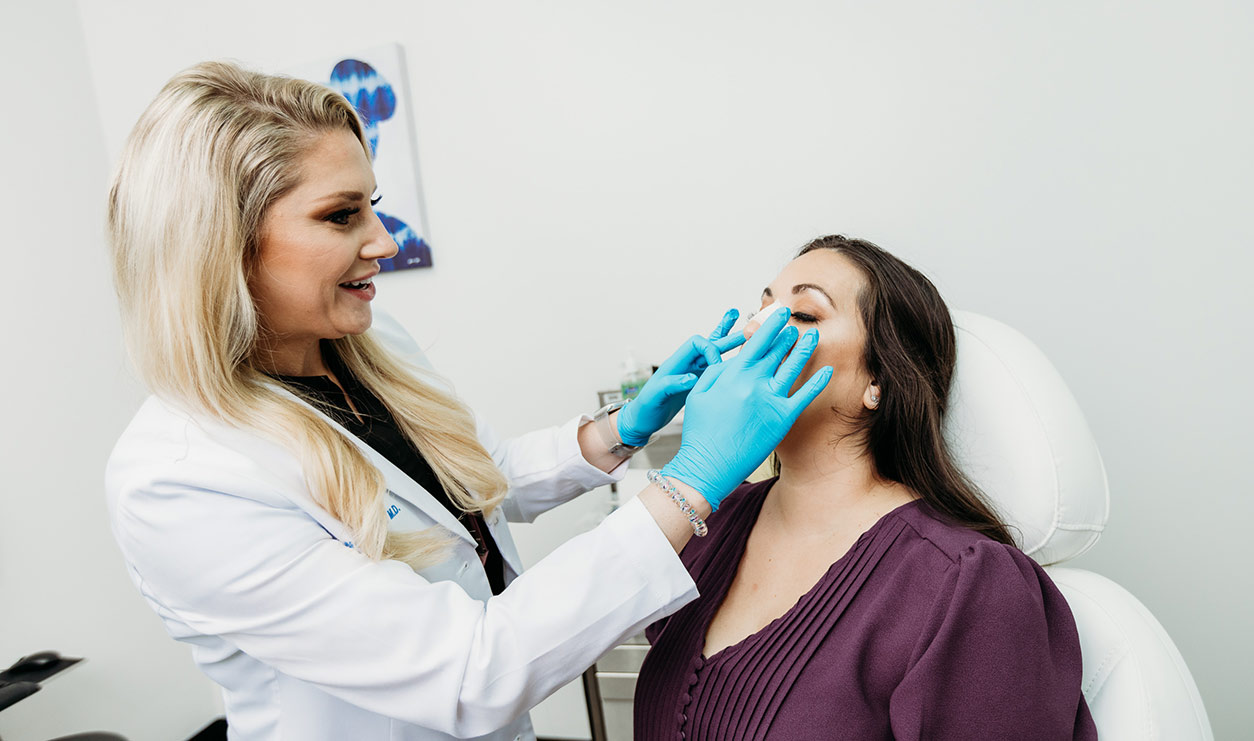

When it comes to your sinus health, choosing the right specialists can make all the difference. At the Nose and Sinus Institute of Boca Raton, our commitment to innovation ensures you receive the best care available. Schedule a consultation with us today and find out if the procedure is the right choice for your sinus condition.
Conveniently located in Boca Raton, our ENT doctors serve Boca Raton and all surrounding communities in Palm Beach and Broward Counties
It differs from traditional sinus surgery since it does not require external incisions. Instead, a small endoscope is used to access and navigate the sinus passages through the nostrils. This approach results in less scarring, a shorter recovery period, and reduced discomfort compared to traditional surgery.
Take charge of your life today! Call us or submit an online form, and you will be speaking with one of our talented surgeons in no time.
(561) 939-7352